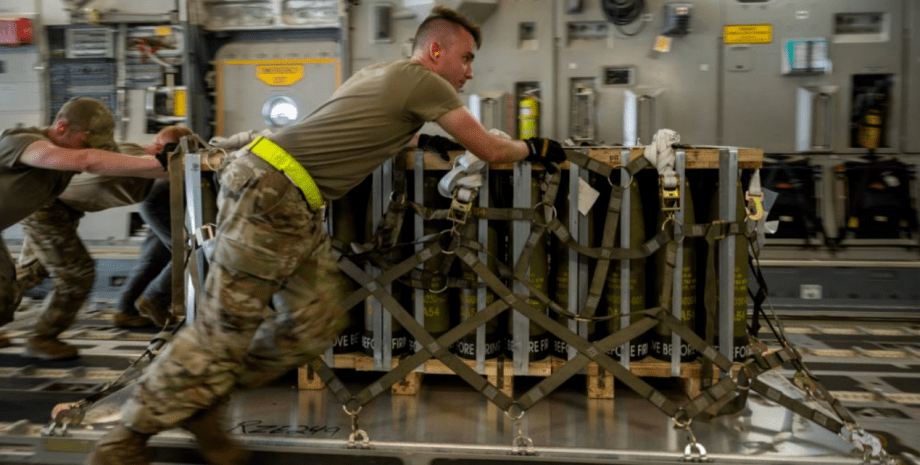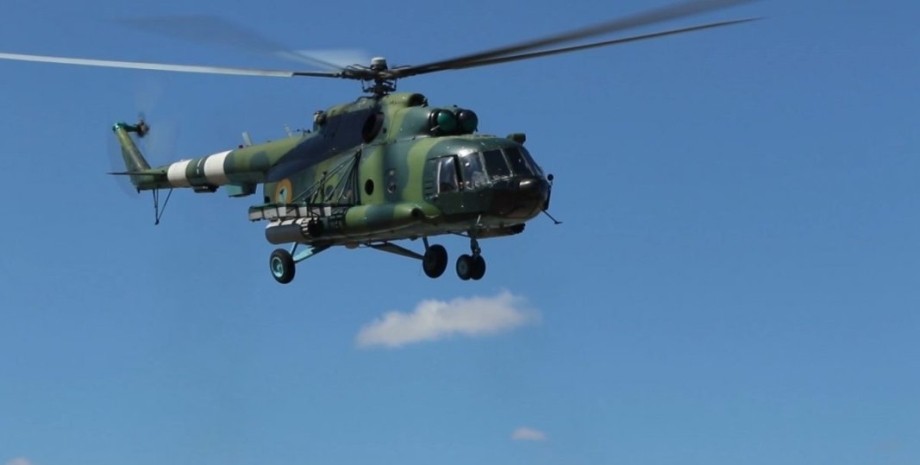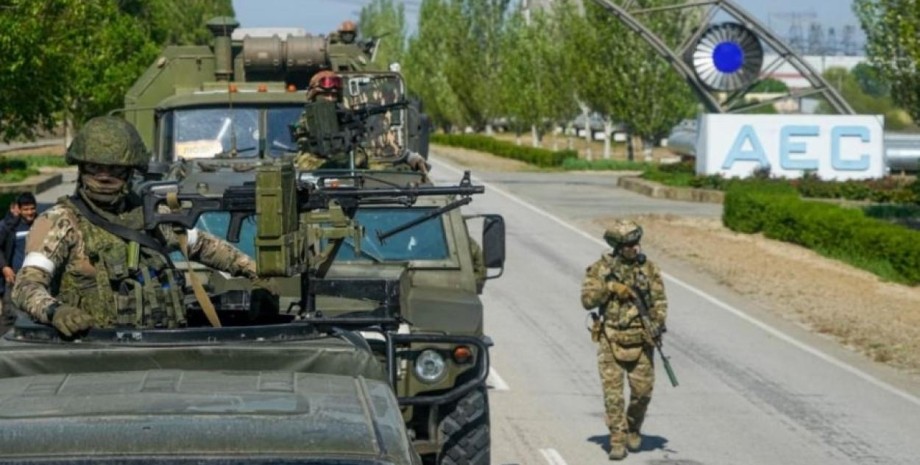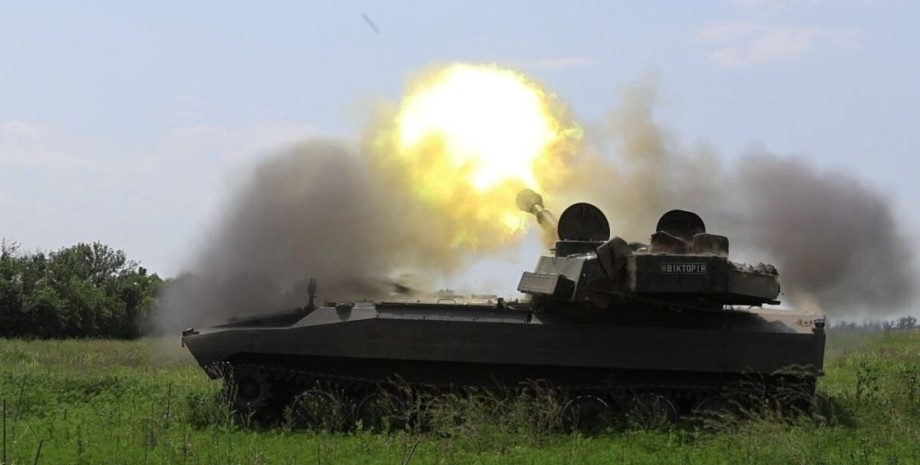
In the US, one enemy is a Soviet Union that needs to be restrained and, if necessary, to win. Over the past three decades, this deceptive simple question is very difficult to answer. For many years, the American defense strategy has envisaged the "concept of two wars": the United States should have sufficient military potential and opportunities for conducting and victory in two simultaneous wars at different theaters of hostilities against major regional states such as Iraq and North Korea.
However, in the last decade, as the US armed forces have been declining and their opponents have become increasingly powerful, the United States has abandoned similar aspirations. Focus has translated the new text of Raphael S. Cohen, dedicated to the new US military concepts. Today, the likelihood that America will have to resist many conflicts on several fronts has increased.
According to their own confessions, the United States faces the problem of "pressure" of China, a "acute threat" from Russia and many less serious problems in the form of Iran, North Korea and terrorism. Buying a sufficient number of weapons and platforms to create an army capable of defeating all or even two of these opponents at the same time will most likely be expensive.
For its part, the concentration of only one of the threats, among other, will only encourage the enemy state to try to take advantage of America's weaknesses. The war in Ukraine has nominated a new concept of "two fronts", which can close this strategic circle and allow the United States to protect themselves from the possibility of simultaneous occurrence of several crises without doubling the defense budget.
To do this, the United States will have to increase the number of its armed forces to win in one war against one great state, simultaneously increasing its defense industrial base to ensure the means to win in two wars at the same time - so the United States will be able to wage one war directly and the other through the proxy.
The idea that Washington should be able to wage several wars in several theaters of war, arose during the Second World War, when the United States and their allies fought with Nazi Germany in Europe and Imperial Japan in the Pacific. During the Cold War, the United States enshrined the principle of several simultaneous wars in their defensive strategy, although the value of this concept remained virtually open for interpretation.
Administrations that changed each other have argued that a combination of several large wars and less large -scale conflicts should be a benchmark for the American Armed Forces. For decades, the definition of the conflict varied from the "half of the war" (one Great War of one theater of war and one conflict on the other) under the Nixon administration to two great wars and two conflicts under the Reagan administration.
When the Cold War ended, the United States needed a new benchmark to determine the necessary safety measures and what resources can be redirected from defense to internal priorities. Instead of a single opponent, the United States collided with a number of less significant challenges from North Korea, Iran and Iraq. Although none of these states could compare with US military strength, the United States could have repeatedly faced several conflicts at the same time.
Therefore, American defense strategies - for example, in Bottom Up Review, Clinton - suggested that the US armed forces were designed for simultaneous struggle in the Gulf and Korea scenarios. Over the next two decades, this concept of two wars remained a major structural element of the American strategy. The heads of the Ministry of Defense made changes to the wording, but the main idea that the United States should be able to wage two wars at the same time remained unchanged.
However, by the early 2010s, the calls to "the armed forces of the country are able to fight and win in two major regional conflicts" sound less convincing. For many years, the United States has favored opportunities rather than the potential of their armed forces.
As a result, the army was reduced by almost all indicators - personnel, aircraft and ships - to the part of their power of the Cold War, even when they collided with almost continuous load, starting from the first war in the Persian Gulf, crises in the Balkans, and then the invasion of Afghanistan. and Iraq. Military equipment has been improved, but even the most powerful tank, a ship or aircraft can be just one place at the same time.
The simultaneous war in Iraq and Afghanistan has been exhausted by the US Armed Forces almost to the end. And both of these wars were against the rebels and terrorist groups, not against states with modern armies. Meanwhile, America's opponents were becoming more powerful. China has turned into a militarized state, weakening the traditional US military advantage in East Asia.
After a decade of a sharp recession that followed the collapse of the Soviet Union, Russia has proceeded to large -scale modernization, getting rid of Soviet roots and increasing new opportunities. North Korea has developed nuclear weapons and a huge amount of delivery to hold back US hostage. Although the United States still remained the dominant military force in the world, the idea that the United States could fight both opponents at the same time looked more and more fantastic.
Therefore, the US Department of Defense gradually moved away from its concept of two wars. Obama administrations, Trump, and now Baiden has recognized that the United States is faced with numerous threats - in particular, from China, Russia, Iran, North Korea and terrorists. However, all administrations refrained from the statements that the US Armed Forces would ever have to deal with two of these entities at the same time.
Instead, defense strategies were about winning the war against one opponent at one time and trying to restrain others. The 2011 strategic leadership adopted at Obama refers to the "victory over the aggression of any potential enemy" and "imposing unacceptable costs" to another. The 2018 National Defense Strategy, developed under Trump, states that the armed forces should be able to "defeat the aggression of the Great State, while holding back opportunistic aggression in other places.
" And the national defense strategy of 2022, developed by Biden, is similar to the need to "win the conflict", but "restrain opportunistic aggression in other places. " The concept of two wars was reduced to the concept of one war, and well -known defense analysts sing to her praises.
At the heart of the beginning of the concept of unilateral war was a large strategic rate - namely that the opponents of the United States are internally separated and therefore the wars will hardly begin at the same time. For some time, this premise seemed smart. In the end, China and Russia waged a war against each other. China and Russia have also joined the event in the negotiations on the conclusion of the Iran nuclear program. North Korea and Iran are half a world apart.
Even the relationship between China and North Korea sometimes became tense. Moreover, all the threats were spread over time. Iran and North Korea seemed to be the most direct threats, given the proximity of the first proxy, and regular rocket and nuclear tests of the second. At the same time, Russia (at least by February 2022) and China were longer -term challenges.
Even the most recent national defense strategy by 2022 contains some of these reflections: China is a challenge, and Russia is just "sharp" or short -term. If the threats only occurred consistently, the United States could reasonably assume that they would only have to be with one opponent at one hostilities at a time. But the geopolitical situation changes. To begin with, US opponents are increasingly intertwined.
Russia has long been engaged in armed business - selling Iran Iran systems and China's aircraft engines. However, today these relationships have become more mutual. Iran was supplied to Russia by drones, and North Korea - artillery shells to support its war in Ukraine. China supplies drones with Iranian proxy. North Korea has transferred rocket technologies to Iran and may have offered her nuclear know-how. Military cooperation between the US opponents now goes beyond the simple sale of weapons.
Iran and Russia were likely to conspire a reaction to the civil war in Syria, coordinating their hostilities in this country. Recently, Iran provided advisers to help Russia in the use of its drones in Ukraine. In response, Tehran asked Moscow for help in suppressing protests. According to the National Security Council Prescribe, John Kirby, the Russian-Iranian ties are deepening, turning into a "full-fledged defense partnership".
Meanwhile, China and Russia have stated that their friendship "has no borders. " When China gave only a minor support for Russia in Ukraine, Beijing was still interested in deepening military ties with Moscow. In fact, Chinese leader Xi Jinping - at least some estimates - doubled the intensity of its interactions with Russia. These two states conducted many joint patrols of bombers and participated in military exercises. And the timing of the implementation of each of these threats is accelerated.
Iran is currently carrying out low -level military aggression, including missile strikes on American diplomatic facilities. North Korea conducted another record year of missile tests. Russia is leading a war in Ukraine and threatening nuclear war. And China's possible invasion of Taiwan may have come close. No one thinks that these threats cannot occur at the same time.
Therefore, the assumption that the United States will have to fight only one opponent in one part of the world is not quite correct. The United States may have not yet encountered a real "evil axis", but American opponents are becoming more closely related to each other, leaving the US with a one -sided army before the more multilateral world. In general, the United States has four options for solving the problem of simultaneity of two conflicts.
No matter how attractive this strategic reductionism is, it is quite impractical. If you leave the moral reasoning, the United States is a global state with global interests that just give up. Moreover, if the US opponents are forming an increasingly monolithic block, it is simply impractical to focus on one of them, even if the United States will take an approach based on real policy. However, restraint is known to be a complex concept.
After all, the difference between whether they hold back certain actions, provoke or simply ignored, depends not on what the United States makes, how on how these actions are perceived by a handful of dictators. There are many examples of how the American restraint did not work - whether Iran's actions in the Middle East, or the increasing threat of China's invasion of Taiwan or, most impressive, Russia's invasion of Ukraine.
Although restraint of conflict is always better, the United States needs a viable plan for if restraining is failed. However, this is an extremely expensive offer. Over the past 70 years, the cost of an average serviceman has been more than doubled and, according to some estimates, is approaching $ 140,000 per ordinary military service. There are good reasons for such growth. The involvement and maintenance of highly qualified specialists needed to conduct modern wars is expensive.
And to create a real double army will need many more people. The People's Liberation Army is greater than some parameters-for example, in terms of personnel and fleet-even though its platforms can be inferior to power. If the United States tries to create large armed forces to resist Chinese invasion of Taiwan, as well as in other unforeseen circumstances, it will be very expensive.
Moreover, even if the United States is able to pay such an account, it is unclear whether such value will serve as a priori strategic interests of America in the long run. After all, long -term rivalry with China is not just a military race, but a battle for global influence, which is conducted in many other areas - economic, diplomatic, technological.
Given the financial restrictions of the United States, such a large -scale military expansion can occur at the expense of these other forms of government - or threatened the overall economic viability of America.
Of course, $ 20 billion does not reflect the total cost of war for the United States: it is both humanitarian assistance to Ukraine and the cost of additional 20,000 servicemen directed by the United States to Europe to strengthen the restraint on the Eastern Flanging of NATO, and further wear and tear on air space NATO.
But even with the total amount of $ 100 billion, which Congress has allocated to Ukraine, this is not so much - at least compared to the common American defense budget, which will be almost $ 860 billion next year. In general, Ukraine is a model of one that may look pretty in the future An economically effective way to conduct a second conflict. However, in addition to saving means, the Ukrainian model also offers strategic flexibility.
Since China, Russia, North Korea and perhaps in the future Iran have nuclear arsenals, there are many reasons why future American politicians may want to avoid US military intervention. Even if you leave nuclear issues behind brackets, a large -scale conflict with ordinary weapons will be almost very bloody. Creating potential for indirect fighting at least an alternative.
Of course, the viability of such a strategy depends to some extent on the search for future scenarios such as Ukrainian - that is, countries whose leadership and population are determined to use such military assistance. Other attempts to equip the armed forces and allow them to wage the wars, especially in Iraq and Afghanistan. Yet there are reasons to believe that more Ukrainians and fewer Iraqi and Afghans may appear in the United States in the United States.
The United States is likely to no longer try to restore the armed forces from scratch, as it was in Afghanistan and Iraq. In addition, foreign invasions are more likely to cause the effect of uniting society than internal conflicts, since the population is united against a common enemy, as Ukrainians have done against Russia's offensive.
In other words, the United States cannot always count on the second Ukraine - a partner ready to fight and enough to do it successfully if they give the right tools. However, Ukraine is also not a rare exception. And as a means of balancing in the world with many threats, but still limited in financial terms, the Ukrainian scenario can be the best of available approaches. The United States should always be able to wage and win at least one great war on their own.
Like any sovereign country, the United States has their own interests and should be able to protect them alone if it is necessary. They cannot always assume that they will have the same motivated and the same capable allies and partners as Ukraine was. In some cases, especially when it comes to formidable countries as China, the threat can be so great that any amount of military assistance in the absence of direct US military participation will be insufficient.
However, the war in Ukraine is a potential model of how the United States can lead two conflicts, especially if one of them is directed against one of the secondary opponents of America - Russia, Iran and North Korea. Even if the United States is connected by one conflict at one combat theater, at least they can offer their allies and partners military resources to win if they decide to fight.
In this sense, the United States can consider Ukraine support not as a one -time answer, but as a potential model for a future defense strategy - and as a way to insure against the problem of simultaneous wars. Такий крок не буде безвитратним.
Насамперед він вимагатиме значного розширення оборонної промислової бази, яка важко забезпечує виробництво боєприпасів для війни в Україні.
Якими б не були витрати, вони все одно становитимуть лише малу частину від створення структури сил, необхідної для ведення двох воєн одночасно, і це значно менш ризиковано, ніж повне ігнорування проблеми.
Іншими словами, це реалістичний спосіб зберегти американські цілі та ресурси, не жертвуючи надто сильно. Понад 80 років тому Франклін Делано Рузвельт заявив, що "ми маємо бути великим арсеналом демократії".




















Všetky práva vyhradené IN-Ukraine.info - 2022